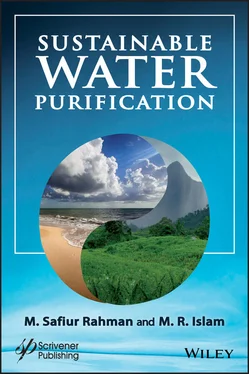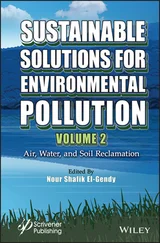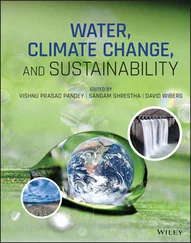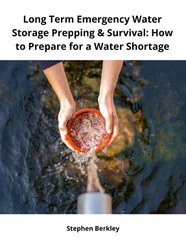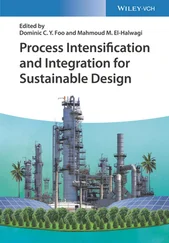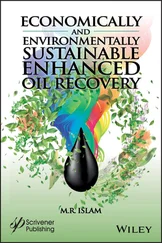1.4 Insufficiency in Water Purification Processes
Vast majority of water contamination is due to industrial waste, which contain synthetic (uunatural) chemicals, which emerge from the industrial applications. The contaminated water, which contain synthetic chemical, biological, organic waste and other contaminants, suspended solids, and gases are treated in order to remove the undesired components in the water stream. It is routine that water is first disinfected in order to remove bacteria and organic organisms, algae, etc. Although most water is purified for human consumption, the purification agents are invariably synthetic chemicals, which are toxic to the environment and to humans. In addition, water is subject to chlorination, fluoridisation, and others with the pretext of maintaining levels of chemicals under certain pre-determined values. Even for commercial applications, synthetic chemicals are added in order to make the water usable. For medical and pharmaceutical purposes, the purity of water is increased by exposing water to rigorous purification processes, which invariably use one or more of the following techniques:
filtration
sedimentation
distillation
chemical processes
electromagnetic and other form of irradiation (such as ultraviolet light)
Although the above processes reduce the concentration of suspended particles, parasites, bacteria, algae, viruses, and fungi as well as reduce the concentration of a range of dissolved and particulate matters, the water stream picks of parts of the chemicals used to purify and as long as the concentration is smaller than the regulatory body’s requirement there remains no way to determine their long-term impact. Jaspal and Malvya (2020) reviewed major water purification composites. The use of such composites is considered to be the latest technology in water purification. The use of different types of composites ranges from nanocomposites, activated charcoal composites, polymer composites, oxide-based composites, hybrid composites, and biosorbent composites, etc. Water purification takes place via adsorption process. These composites have been explored for treating or elimination of various hazardous substances like heavy metal species, different classes of colored contaminants (dyes), several organic and inorganic pollutants from wastewater. The most significant advantage of the use of composites is the combination of properties of two materials into one for specific applications. In the current scenario, composites have gained popularity in various fields such as constructional, aeronautical, vehicular, biomedical, industrial etc. (Mahajan and Aher, 2012). The use of the said materials in wastewater treatment is becoming a research focus for many. The properties offered by composites include specific strength, processability, and design flexibility. While these composites successfully eliminated Zn 2+, Ni 2+, Cu 2+, Pb 2+, Hg, etc., each ion is replaced with another component from the adsorbing chemicals that are used in the process. Each of these composites would be considered unsustainable if environmental sustainability were considered (Khan and Islam, 2016). Figure 1.4 shows how chemicals are removed from the contaminated water only to be replaced with toxins, which arise from the purification process.
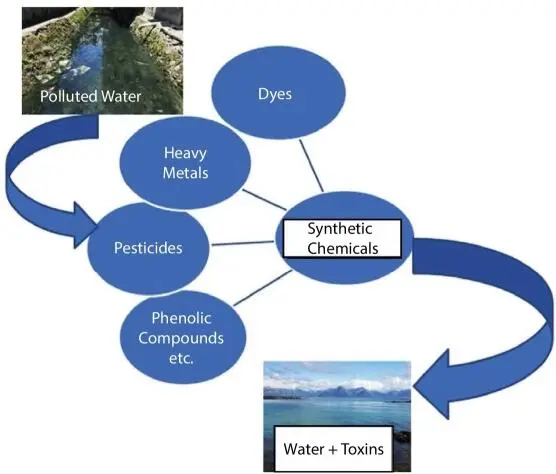
Figure 1.4Water purification process.
The above purification process does not include the impact of using unnatural radiation (e.g. ultraviolet). Although conventional analysis makes it impossible to identify the impact, let alone quantify it, Islam and Khan (2019) Islam et al. (2016) have shown that the effluent water would carry the signature of each unnatural process (energy or mass) used during the purification cycle.
1.5 Introduction to Zero Waste Engineering
Natural additives have been used for the longest time, dating back to the regime of the Pharaohs of Egypt and the Hans of China (Gove, 1965). However, the renaissance in Europe has given rise to industrial revolution that became the pivotal point for the emergence of numerous artificial chemicals. Today, thousands of artificial chemicals are being used in everyday products, ranging from health care products to transportation vehicles. With renewed awareness of the environmental consequences and more in-depth knowledge of science, we are discovering that such ubiquitous use of artificial chemicals is not sustainable (Khan and Islam, 2016). If the pathways of various artificial chemicals are investigated, it becomes clear that such chemicals cannot be assimilated in nature, making an irreparable footprint that can be the source of many other ecological imbalances (Chhetri and Islam, 2008). Most persistent and bioaccumulative chemicals eventually find their way into our bodies via the food chain. Chemical industries mass produce artificial additives and, therefore, gain the advantage due to the economy of scale, in line with modernization since the industrial revolution.
Federal regulators have determined that about 4,000 chemicals used for decades in Canada pose enough of a threat to human health or the environment that they need to be subjected to safety assessments (The Globe and Mail, 2006). These artificial additives are either synthetic themselves or derived through an extraction process that uses synthetic products. Even when the source is natural, it may have been contaminated through artificial agents, such as chemical fertilizer, pesticide, etc. These artificial chemicals have a number of hidden adverse side effects. Furthermore, once artificial additives are disposed into the environment, they remain in nature for a very long time. These synthetic products never degrade biologically; they are either pulverized (hence become invisible) or oxidized to produce toxins (Khan and Islam, 2016). On the other hand, natural additives are naturally occurring substances that are considered valuable in their natural form. Most of the natural materials are readily biodegradable, so they have zero waste and they have no long term negative impact. Natural materials are inherently superior to synthetic materials with regard to efficacy and safety in matters related to human health. Any attempt to improve current engineering practices should investigate the possibility of replacing artificial additives with natural ones that are environment friendly and truly sustainable (Khan and Islam, 2007).
This book takes a holistic approach for water purification. All existing technologies are reviewed and evaluated against a sustainability criterion. Based on the shortcoming of existing technoloigies and overall lifestyle, new line of technologies are proposed. These technologies are all wholly sustainable, meaning they simultaneously meet environmental, economical, and technological challenges. Such technologies are presented for three categories, namely, drinking water, agricultural use, and industrial waste management. It is shown that each of the proposed technologies has the potential to turn waste into asset, thus creating double dividend.
1.7 Organization and Introduction of the Chapters
The introduction chapter ( Chapter 1) introduces the readership such concepts as zero waste engineering, sustainability and others. This is followed by Chapter 2, which discusses water science. With a truly scientific approach, this chapter offers a delinearized history of water science and delineates the role of water in all aspect of life all through history.
Chapter 3(Sustainability of Current Water Purification Techniques) presents a detailed account of all major water purification techniques. Each technique is tested for its sustainability.
Читать дальше
